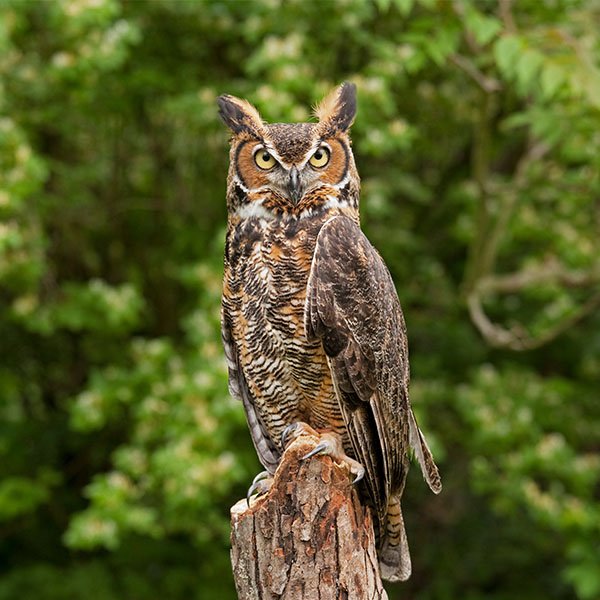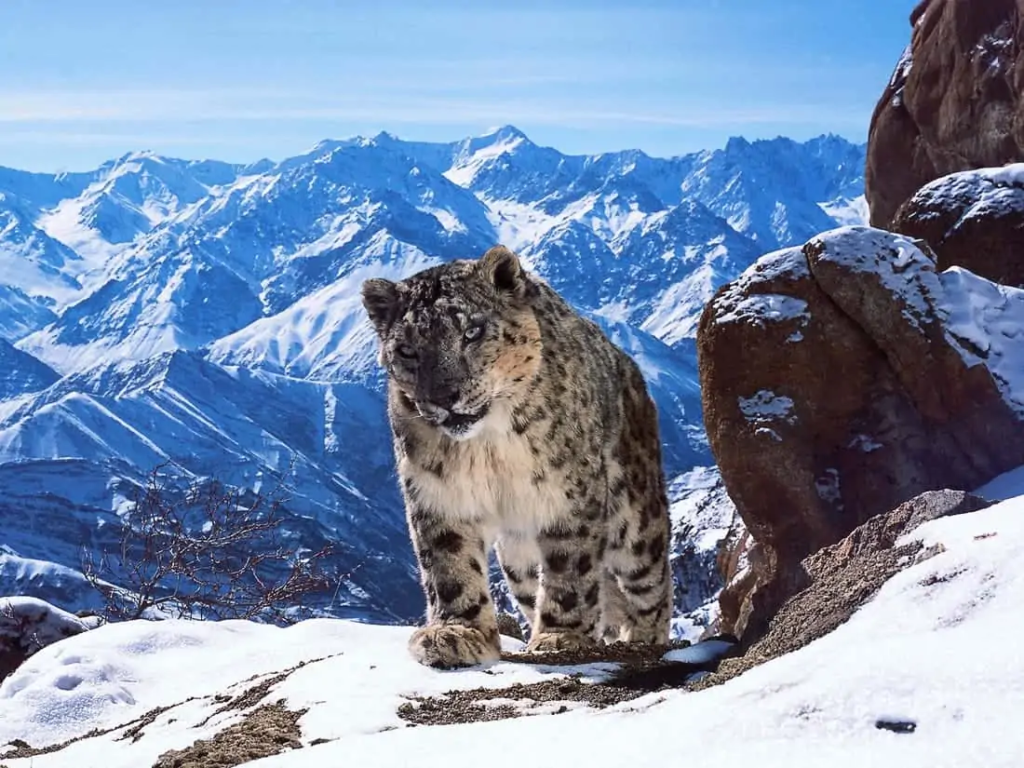Owls have captured human imagination for centuries.
With their silent flight, haunting calls, and piercing eyes that seem to look right through you, these birds carry an air of mystery unlike any other creature in the animal kingdom. From ancient mythology to modern wildlife documentaries, owls have earned their place as nature’s enigmatic night watchers.
But what exactly makes owls so mysterious? Let’s dive into the world of these fascinating birds and uncover the traits, behaviors, and myths that make them some of the most spellbinding creatures on Earth.
1. Masters of the Night
Most owls are nocturnal, meaning they’re awake and active during the night while the rest of the world sleeps. This alone gives them a ghostly reputation. Spotting an owl in the wild often feels like a rare encounter—something secretive, almost magical.
Their large, forward-facing eyes are specially adapted for seeing in low light, giving them excellent night vision. But they don’t have eyeballs in the traditional sense; their eyes are fixed in place, meaning they have to turn their whole heads to look around.
Fun fact: Owls can rotate their heads up to 270 degrees—almost all the way around—without hurting themselves.
2. Silent Hunters
Perhaps the most eerie and mysterious thing about owls is how silently they fly. While most birds’ wings make flapping noises, an owl’s feathers are specially designed to muffle sound. The edges of their wings are soft and serrated, breaking up the turbulence and reducing noise as they fly.
This allows them to swoop down on prey without being heard—essentially becoming invisible assassins of the night.
Why it’s so mysterious: Imagine something flying just above your head in complete silence, striking without warning. It’s the stuff of legends.
3. Eyes That Seem to See Your Soul
There’s something otherworldly about an owl’s stare. With their forward-facing eyes, owls have a gaze more similar to humans than most birds. This binocular vision helps them judge distance precisely—perfect for hunting—but it also creates a haunting effect when they lock eyes with you.
In many cultures, people have described the owl’s eyes as wise, spiritual, or even prophetic.
No wonder: From Greek mythology’s Athena (goddess of wisdom, who had an owl as her symbol) to Native American and African folklore, owls have long been symbols of mystery, intelligence, and sometimes death.
4. Voices from the Shadows
When owls do make noise, it’s unforgettable. Their hoots, screeches, and eerie calls can send chills down your spine—especially when heard in the stillness of the night. Some species, like the barn owl, make a loud, raspy screech rather than a hoot, often described as ghost-like.
In many cultures, an owl’s call is believed to be an omen or a message from beyond.
Why it adds to their mystique: Their calls are unlike those of any other bird and often leave you wondering, what was that?

5. Symbolism Through the Ages
Owls have played symbolic roles in cultures around the world for thousands of years:
- In Ancient Greece, owls represented wisdom and were associated with Athena.
- In Native American traditions, owls could be seen as protectors or omens of death, depending on the tribe.
- In parts of Africa and Asia, owls are sometimes thought to be messengers between the physical and spiritual worlds.
- In European folklore, owls were linked to witches and the supernatural.
Even in modern stories, owls are often depicted as magical or mysterious creatures—like the mail-delivering owls in Harry Potter.
6. Stealthy Survivors
Owls live all over the world, from dense forests and deserts to Arctic tundra and city parks. Despite their widespread presence, most people rarely see one up close. Their camouflage and stealth help them blend into their surroundings, adding to the idea that owls are elusive and rare.
Some species, like the snowy owl, only appear in certain regions during specific seasons, making them even more mythical in our minds.
7. Mysterious Movements and Behavior
Owls often sit silently for long periods, watching and waiting. Their stillness is part of their hunting strategy, but it also adds to their eerie presence. When they do move, it’s often with sudden, ghost-like precision.
They also have the ability to swivel their heads dramatically, puff up their bodies when threatened, and even mimic other animals as a form of deception or communication.
To the average person, it’s easy to see why they’ve earned a reputation for being more than just birds.
Owls are much more than just birds of prey—they’re living symbols of nature’s mysteries. Their unique combination of silence, sight, sound, and symbolism makes them one of the most fascinating creatures on the planet. Whether you view them as wise, magical, or a little bit spooky, one thing is certain: owls are truly in a class of their own.
So next time you hear a hoot in the distance or catch a glimpse of those glowing eyes in the dark, remember: you’re not just seeing a bird. You’re witnessing a creature steeped in myth, mystery, and wonder.




